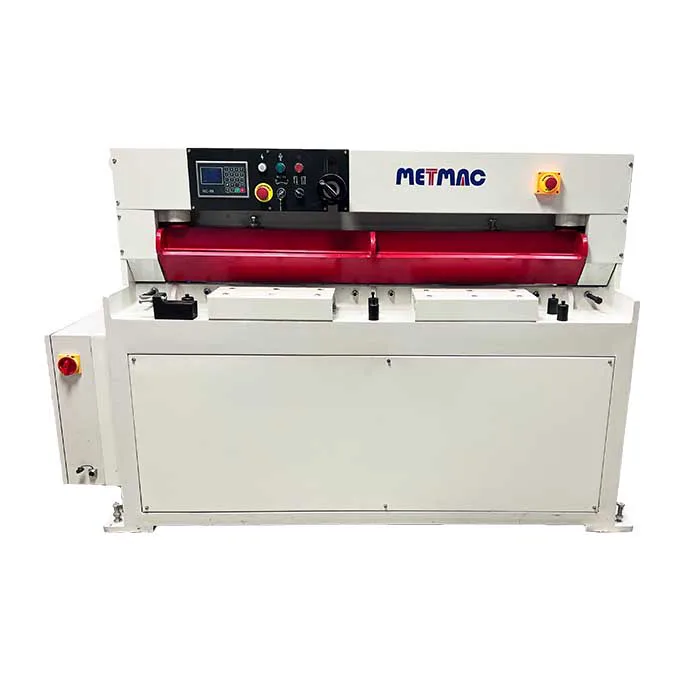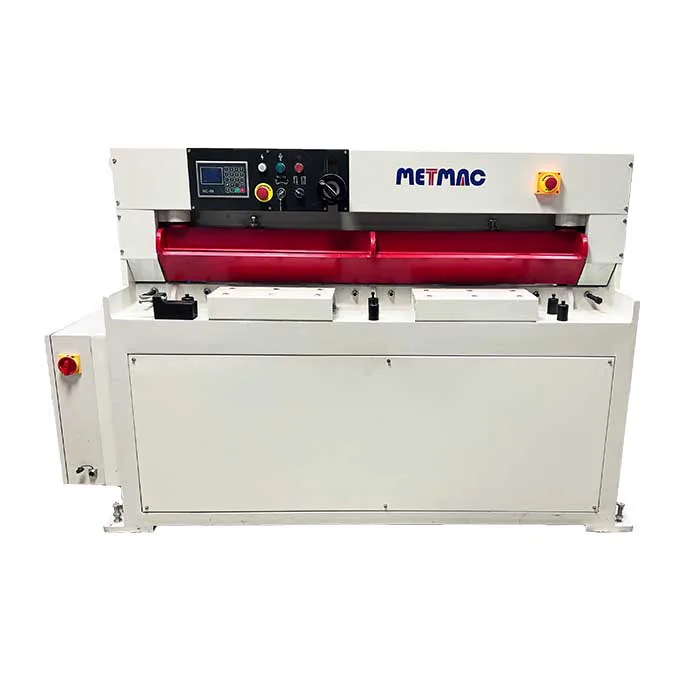
How to Set Up and Calibrate a Sheet Metal Rolling Machine
- By:Metmac
- 2024-09-02
- 170
Rolling machines are essential tools for metalworking, enabling the shaping and bending of sheet metal. Properly setting up and calibrating a sheet metal rolling machine is crucial to ensure precise and accurate results. This comprehensive guide will provide step-by-step instructions on how to set up and calibrate a sheet metal rolling machine, covering all the necessary aspects.
Safety Considerations
Before operating a sheet metal rolling machine, it is paramount to prioritize safety. Wear appropriate safety gear, including gloves, safety glasses, and earplugs. Ensure the machine is placed on a stable surface, free from obstacles and potential hazards. Thoroughly read the manufacturer’s instructions and familiarize yourself with the machine’s operation.
Machine Set-Up
1. Positioning the Machine: Install the machine on a level surface and secure it properly with bolts or clamps. Ensure that the rolling direction is aligned with the desired bending direction.
2. Setting the Rollers: Adjust the upper and lower rollers to the appropriate positions based on the desired bend radius and thickness of the sheet metal. Use a micrometer or caliper to measure and set the gap between the rollers accurately.
3. Lubrication: Apply a thin layer of lubricant to the rollers, gears, and moving parts to reduce friction and ensure smooth operation. This will also extend the machine’s lifespan.
Calibration Procedure
1. Thickness Calibration: Insert a sheet of known thickness between the rollers and adjust the upper roller until the desired thickness is achieved. Repeat this process with different sheet thicknesses to ensure accuracy.
2. Parallelism Calibration: Check the parallelism between the upper and lower rollers using a straightedge or precision measuring tool. Adjust the roller mounts or shims as needed to achieve parallel alignment.
3. Slippage Calibration: Perform a slippage test by manually rotating the rollers. The rollers should move smoothly without excessive slippage. If slippage occurs, adjust the roller tension or apply anti-slippage compound.
Additional Considerations
1. Material Considerations: The type and thickness of the sheet metal being rolled must be taken into account when setting up the machine. Different materials may require varying roller pressures and lubrication.
2. Bending Radius Adjustment: The desired bend radius can be adjusted by changing the gap between the rollers or by using tapered rollers. Consult the manufacturer’s specifications for recommended settings.
3. Roll Forming: Sheet metal rolling machines can also be used for roll forming, which involves creating continuous bends. To achieve roll forming, set the rollers to the appropriate profile and adjust the machine’s speed and pressure accordingly.
Conclusion
Properly setting up and calibrating a sheet metal rolling machine is essential for safe and accurate operation. By following these comprehensive instructions and adhering to the manufacturer’s guidelines, you can ensure optimal performance and precision in your sheet metal bending projects. Regularly calibrating the machine will also extend its lifespan and maintain consistent bending results.
-
Sheet Metal Machinery for Sale: Elevate Your Fabrication Capabilities with METMAC
2025/11/26 -
Laser Sheet Cutting Machine: Redefining Precision with METMAC Technology
2025/11/26 -
Sheet Shearing Machine: Achieving Unmatched Precision and Efficiency with METMAC
2025/11/26 -
Sheet Metal Forming Machine: The Art of Precision with METMAC Technology
2025/11/26
-
Advanced Sheet Metal Rolling, Laser Cutting, and Folding Machines for Precision Fabrication
2025/10/31 -
High-Performance Sheet Metal Bending and Cutting Machines for Modern Fabrication
2025/10/31 -
High-Quality Sheet Metal Equipment for Sale: Efficient Solutions for Modern Manufacturing
2025/10/31 -
High-Performance Sheet Metal Equipment for Sale: Forming and Shearing Solutions for Modern Fabrication
2025/10/22
-
Integrating Automation with Rectangular Duct Machines for Enhanced Productivity
2024/05/11 -
Metal Shear Machines- Essential Tools for Precision Metal Cutting
2024/05/11 -
Understanding the Role and Function of Steel Strip Slitting Machines
2024/05/11 -
Maintenance Tips for Longevity of HVAC Duct Machines
2024/05/11
-
A Guide to the Latest Innovations in Sheet Metal Folding Machines
2024/11/29 -
Key Features to Consider When Investing in a Sheet Metal Folding Machine
2024/11/28 -
Enhancing Precision with Advanced Sheet Metal Folding Machines
2024/11/27 -
How to Choose the Right Sheet Metal Folding Machine for Your Workshop
2024/11/26







